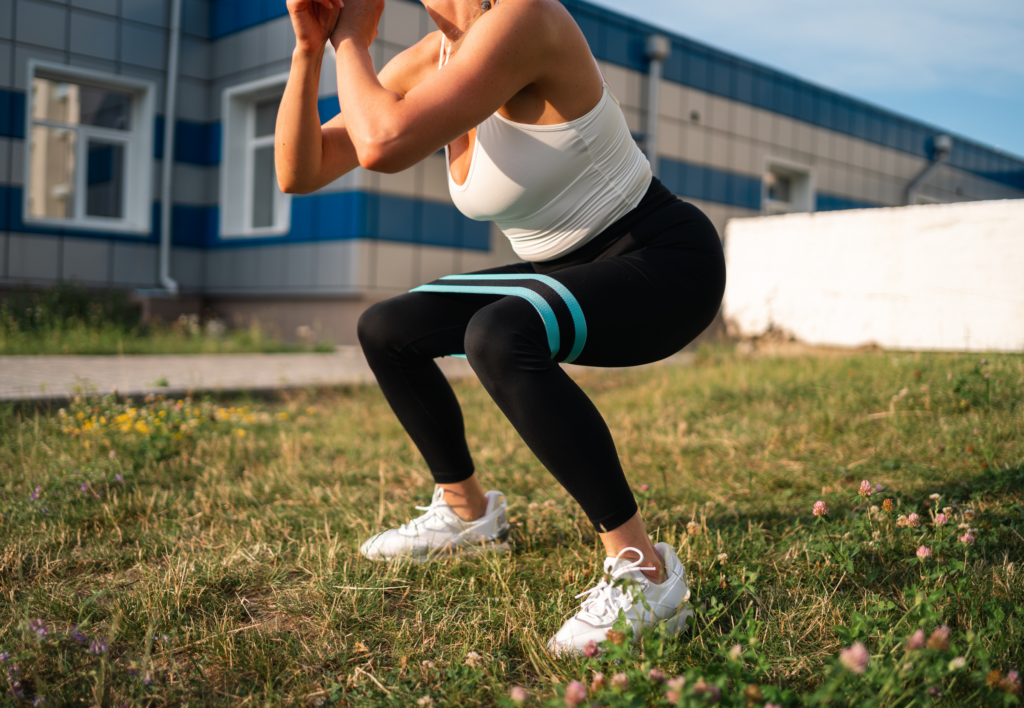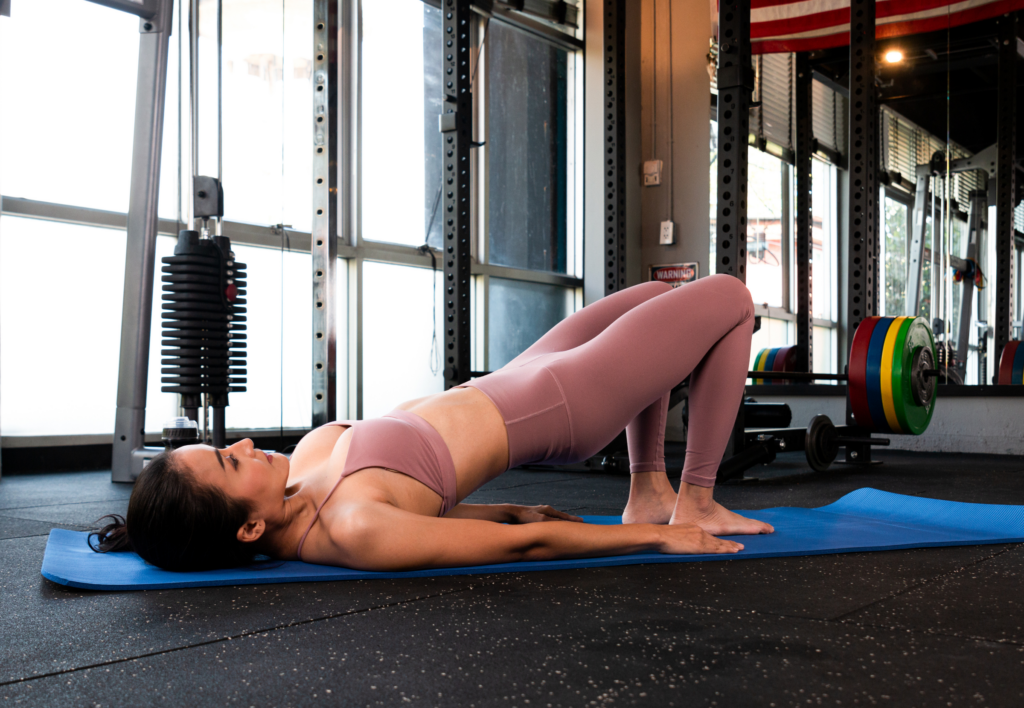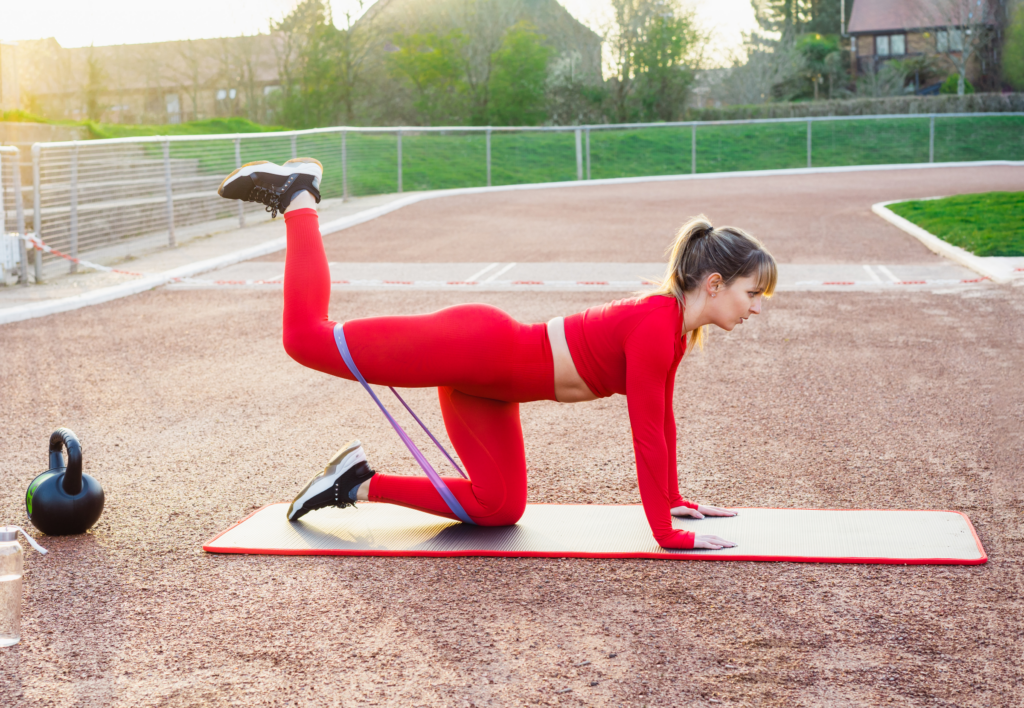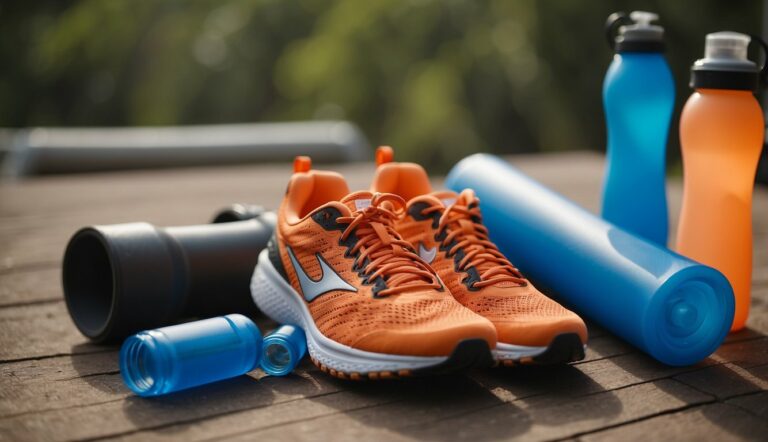How to Activate Glutes Before Running – Key Routines and Exercises
Activating your glutes before running is vital for performance and injury prevention. Your glutes, the muscles in your buttocks, are some of the largest and most powerful in your body.
Engaging them properly can provide stability, power, and efficiency to your running stride. Before you hit the track or trail, consider a pre-run routine to wake up these muscles to ensure they’re ready to support you.
Glute activation exercises are simple yet crucial steps in your warm-up routine. They require minimal equipment and time, offering a convenient way to prepare your muscles for the demands of running.
With regular practice, you’ll likely notice improvements not only in your running form but also in your overall lower body strength. Starting with basic isolation moves can pave the way for a stronger, safer run.
Best Pre-Run Glute Activation Exercise Routine (15 Minutes)
Before you begin your run, activating your glutes can enhance performance and prevent injury. This tailored routine focuses on priming the glutes effectively.
Dynamic Stretching for Glute Activation (3 Minutes)
Start with dynamic stretching to increase blood flow and prepare your muscles. Dynamic stretching involves moving through the full range of motion.
- Leg Swings: Hold onto a stable surface, swing one leg forward and backward. Perform 10 swings per leg.
- Walking Lunges: Step forward into a lunge, lower your hips until both knees are bent at 90-degree angles. Perform 10 lunges on each side.
Resistance Band Workouts (3 Minutes)
Using a resistance band can add an extra challenge and activate the glutes more effectively.
- Glute Bridge with Band: Place a band above your knees, lie on your back, knees bent, and lift your hips upwards. Hold for 2 seconds. Do 2 sets of 10 reps.
- Clamshells: Place a band around your thighs just above your knees. Lie on your side, knees bent, and open your top knee without moving your pelvis. Do 2 sets of 15 reps per side.

Compound Movement Routines (3 Minutes)
Incorporate compound movements that work multiple muscle groups simultaneously for efficient glute activation.
- Fire Hydrants: Start on all fours and lift one leg to the side, keeping the knee bent. Do 2 sets of 15 reps each leg.
- Standing Glute Kickback: Stand and place a band around your ankles. Kick one leg back while keeping your pelvis stable. Do 2 sets of 15 reps each leg.
Glute Strengthening Drills (6 Minutes)
Strengthening drills ensure your glutes are not only warmed up but also strong enough to support your running.
- Hip Thrusts: Sit on the ground with your back against a bench, place a weighted barbell over your legs. Lift your hips up. Perform 3 sets of 8 reps.
- Single-Leg Deadlifts: Stand on one leg, lean forward with a dumbbell in each hand, and extend the opposite leg behind you for balance. Do 2 sets of 10 reps on each leg.
Understanding Glute Activation
Activating your glutes before running enhances stability and performance. Awareness of their role ensures you prevent injuries and optimize your running efficiency.
The Importance of Strong Glutes
Strong glutes are central to overall athletic performance. They contribute to stability, posture, and powerful hip extension—key components for an efficient running stride. Your gluteus maximus, the largest of the muscle groups, drives hip extension, while the gluteus medius and gluteus minimus are crucial for pelvic stability.
- Gluteus Maximus: Mainly responsible for movement and force during running.
- Gluteus Medius/Minimus: Provide stabilization and prevent excessive hip drop.

Common Issues from Weak Glutes
Weak glutes can lead to a cascade of issues. Poor glute strength may result in muscular imbalances, contributing to lower back pain and increasing the risk of injuries like runner’s knee. Without proper activation, other muscles compensate, which can affect your running form and lead to overuse injuries.
- Muscular imbalances: Can lead to overcompensation by other muscle groups.
- Increased injury risk: Including lower back strain and runner’s knee.
Anatomy of the Gluteal Muscles
Understanding the anatomy of the gluteal muscles underpins effective activation. The gluteus maximus is the biggest muscle, initiating movement from the hip. The gluteus medius and minimus lie beneath the maximus, playing a pivotal role in stabilizing the side of your pelvis. Ignoring these muscles, especially when you spend much time sitting, leads to what is often termed as “weak glutes.”
- Gluteus Maximus: Primary mover in running.
- Gluteus Medius/Minimus: Essential for lateral stability.
Acquainting yourself with these muscles and their functions assists in tailoring your warm-up exercises to effectively prime them for the demands of running.
Integrating Glute Workouts into Running Training
Incorporating glute activation workouts into your running training can improve your running form, enhance performance, and reduce the risk of injuries. By engaging your glutes properly, you ensure a strong running stride and maintain an injury-free running experience.

Warm-Up and Cool-Down Strategies
Before starting your run, emphasize glute activation to prepare your muscles for the demands of running. Begin with dynamic stretches such as leg swings and walking lunges, specifically targeting the gluteal muscles to enhance blood flow and mind-muscle connection. Post-run, cool down with static stretches like the pigeon pose and foam rolling to aid muscle recovery and maintain flexibility.
Incorporating Strength Work in Routine
Include glute-specific strength exercises in your training routine twice a week. Effective movements like squats, lunges, and deadlifts can be performed with or without weights. Balance bilateral exercises (using both legs) with unilateral ones (like single-leg bridges) to address imbalances and encourage equal gluteal development on both sides.
| Day | Glute Strength Exercise |
|---|---|
| Monday | Squats, Lunges |
| Thursday | Deadlifts, Single-leg Bridges |
Balancing Running with Glute Training
Strategically plan your running and glute training days to avoid overloading your muscles. Glute workouts should complement your running routine, not hinder it. Schedule your glute strength sessions on days when you’re not doing high-intensity runs to allow proper muscle recovery and adaptation.
Recovery and Injury Prevention
Consistent glute engagement can reduce the risk of common running injuries like runner’s knee or low back pain. Incorporate rest days and low-impact cross-training activities such as cycling or swimming to support recovery. Consult with a physical therapist to address persistent issues or to tailor exercises for your specific needs to stay injury-free.






